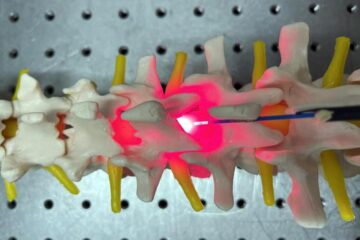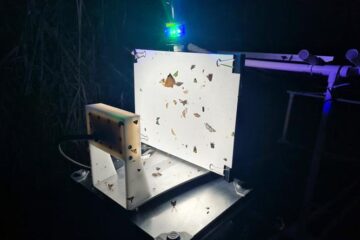Study Suggests Widespread Environmental Presence Of Enterobacter Sakazakii

A bacterium that can be dangerous to premature babies and young infants could be more widespread in the environment than previously thought, suggest authors of a research letter in this week’s issue of THE LANCET.
Enterobacter sakazakii occasionally causes illness among premature babies and infants. In some previously described outbreaks, infant formula-contaminated during factory production or bottle preparation-was recognised as a source for bacterial colonisation; however the degree of wider environmental contamination is unknown.
Chantal Kandhai from Wageningen University, The Netherlands, and colleagues used a refined isolation and detection method to investigate the presence of E. sakazakii in various food factories and households. Environmental samples from eight of nine food factories and from a third of households (five of 16) contained the bacterium. The investigators comment that appreciation of the widespread nature of this micro-organism needs to be taken into account when designing preventive control measures.
In an accompanying Commentary, Jeffrey M. Farber from Health Canada concludes: “Current industry efforts to reduce the occurrence of E sakazakii have focused on improving hygiene practices, coupled with environmental monitoring and end-product testing for the organism. Since powdered infant formula is not sterile and there is the potential risk of contamination during preparation, there is a need for care when preparing and handling reconstituted powdered infant formulas. Health-care professionals should follow recommendations provided by public-health officials and organisations such as the American Dietetic Association, and be alert to possible modifications.”
Media Contact
More Information:
http://www.lancet.comAll latest news from the category: Health and Medicine
This subject area encompasses research and studies in the field of human medicine.
Among the wide-ranging list of topics covered here are anesthesiology, anatomy, surgery, human genetics, hygiene and environmental medicine, internal medicine, neurology, pharmacology, physiology, urology and dental medicine.
Newest articles

Red light therapy for repairing spinal cord injury passes milestone
Patients with spinal cord injury (SCI) could benefit from a future treatment to repair nerve connections using red and near-infrared light. The method, invented by scientists at the University of…

Insect research is revolutionized by technology
New technologies can revolutionise insect research and environmental monitoring. By using DNA, images, sounds and flight patterns analysed by AI, it’s possible to gain new insights into the world of…

X-ray satellite XMM-newton sees ‘space clover’ in a new light
Astronomers have discovered enormous circular radio features of unknown origin around some galaxies. Now, new observations of one dubbed the Cloverleaf suggest it was created by clashing groups of galaxies….





















